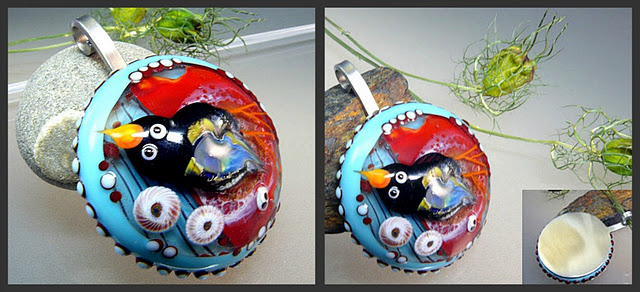Hello dear readers,
As busy as this time of year can be, I somewhat rashly also chose to do a little home decorating.
In a previous post, I mentioned how I had been painting my daughter's bedroom while she was away overseas.
I decided to also make a padded headboard for her bed ... something I had never done before .. but after some internet research, thought it was within my capabilities!
These are the steps I took, if you are interested:
1. Measure width of bed, add some extra for overlap on each side. Measure hight of bed & mattress and determine a suitable hight for the bedhead.
2. Purchase wood (we used MDF), upholstery foam, buttons and material, cut it to size or get it cut for you.
3. Mark a grid for placement of buttons (if you want the buttoned down look).
You can see the grid marks and the slight overlap ( a few inches each side) on sides of the bed.
4. Drill a hole at the junctions of the lines for placement of buttons. Make sure your drilled holes are large enough to fit your (upholstery/long) needle.
5. Using spray adhesive, (best to do this outside or in a well ventilated area) align foam which has been cut to size and attach to the board making sure it aligns perfectly. We used 2-inch thick foam (which may have been either too thick or too dense as it made the buttoning quite difficult).
6. The foam is then covered with quilting batting (use spray adhesive again.) The batting should be pulled quite firmly and the edges wrapped over and attached to the back of the board with staples.
This step softens the edges of the foam. Make sure there are no creases.
As you can see, I chose to pad the board only as far as the start of the mattress. This then allows for the bed to sit a little further back. ( it's also less work!!)
7. Cover your board with material. I attached my material horizontally across the board, as the width of the material was insufficient to cover it in one piece vertically and I did not want any seams to show. I did join and double sew the seam at the point where the padding and board line meet.
Joined material pieces. The joined area was then stapled to the board under the lower edge of the foam and the join was not visible to the eye at all.
8. Staple the material all around the board working from the middle on one edge to the outside edge. Pull it firmly but not excessively tightly. Make sure you do not distort any pattern. If you are not going to button the head board you can probably make it a little tighter ( I found this out as I had pulled one side a little tighter and the fabric is a little distorted after buttoning. However, because it is a plain fabric, the distortion is a lot less obvious to the eye than if it had been a patterned design.
Covered upholstery buttons.
9. After looking at pre-made button kits which looked a little flimsy, I decided to get the buttons professionally covered by an upholstery supply company. This was very good value at a $1 a piece .... well worth it!
To attach the buttons was a bit tricky. This is what I did....
- use upholstery cotton with a very long needle.
- I double, doubled my thread (make your thread quite long)
- poke needle through hole, foam and material, leaving a tail at the rear.
- measure to see if in correct spot. (Not so important with the first button but becomes important later when you want all buttons to align well ... sometimes you can actually angle the needle and the placement can then be a little off.)
- bring the needle all the way through to the material side
- wind your cotton 4 times through the shank hole of the button. (Using needle to go through the hole only)
- Remove needle and tie a knot (I did 4 for security) where the two ends meet at the shank. Cut off excess.
(this was just a way I worked out .... other information I had read said to go back through the foam using the same hole and tie at the rear. I found this impossible to do.)
- With a willing helper (e.g. a caring and sharing husband) ... one person pushes the button in from the material side while the other staples the cotton, hammers it down securely and then tapes over the staples with duct tape.
- work from centre to outside, smoothing material, if needed, as you go. Try and make sure the buttons are evenly indented.
9. The very last step was to spray the bedhead with some fabric protector. I had previously done a test patch with spare material making sure the fabric was colour fast (wet a spot with the fabric protector and rub with white cloth -- if cloth remains white, fabric is color-fast). I lightly sprayed two coats allowing time to dry in-between coats.
Finished bedhead, showing the rows of buttoning.
You can see the mattress fits well at the junction of board and foam. I was going to bolt the board to the base of the bead. But, when I pushed the bed against the headboard, it was extremely stable so I am going to omit this step.
It worked out well and I am so pleased with the result - I hope my daughter likes it.
Well, that's it for today...and now to get my act together and go and do some Christmas organisation!!
Cheers and have a lovely day,
Jenni
































